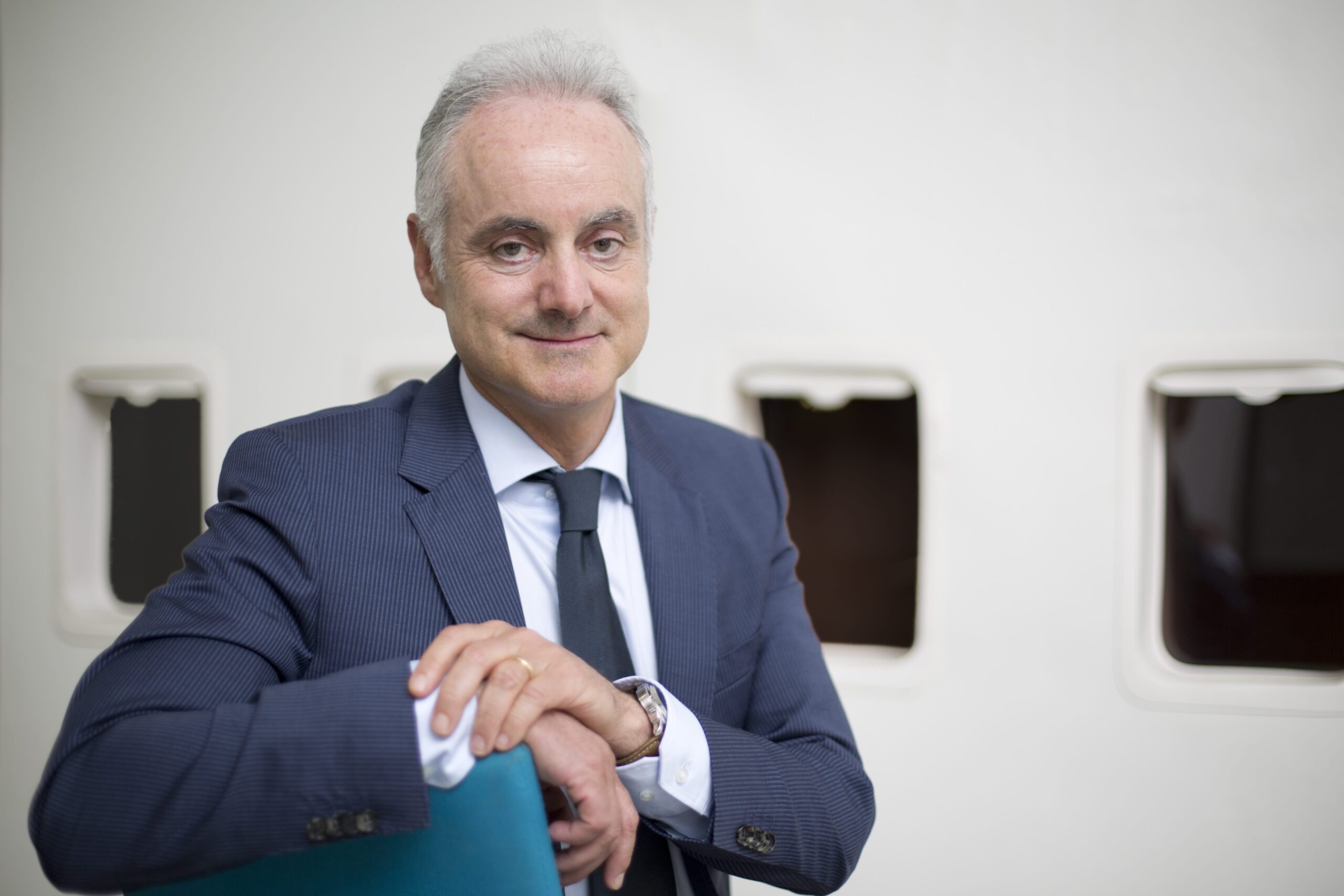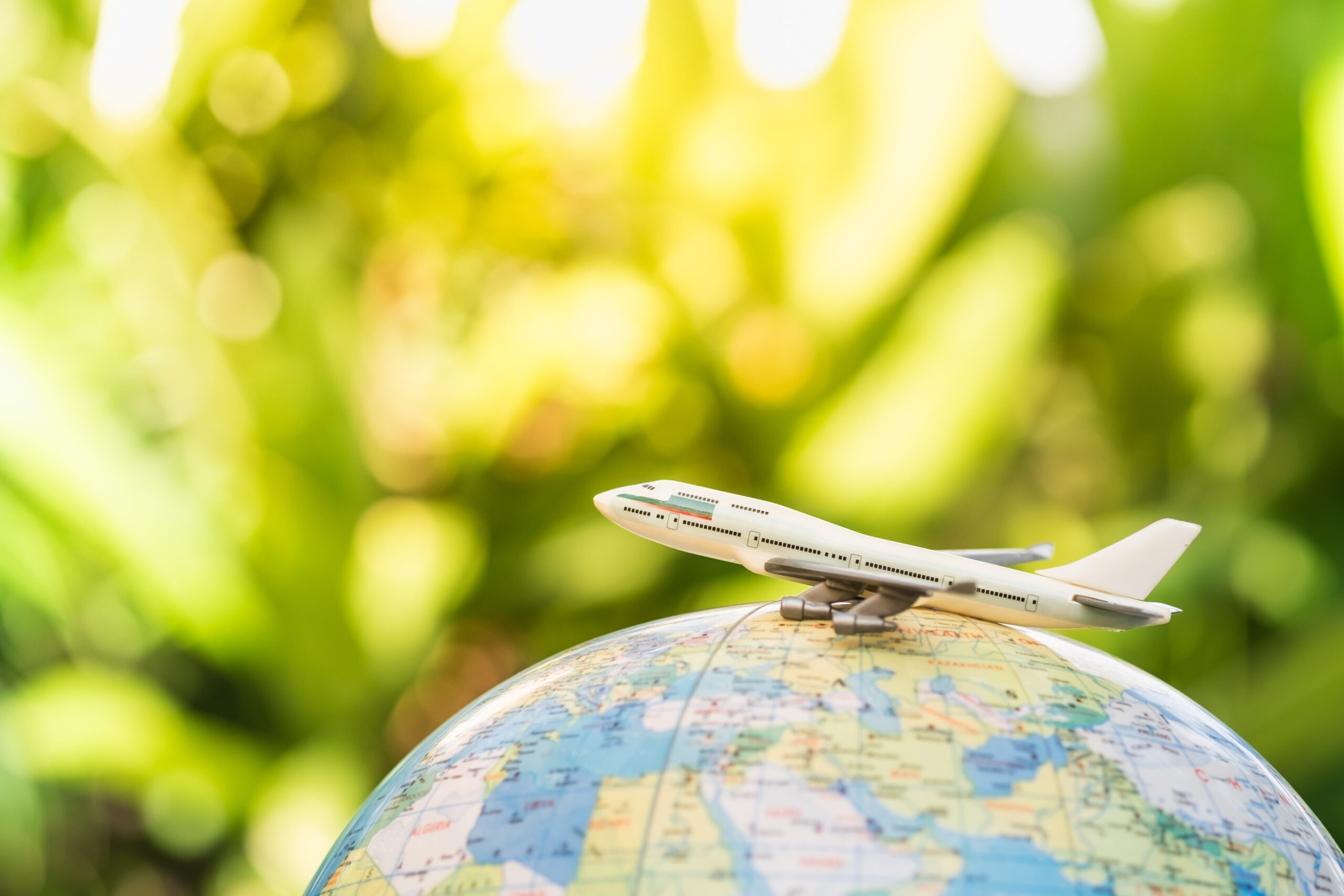The global aviation industry produces around 2% of all human induced CO2 emissions and is accountable for over 12% of CO2 emissions from all transport sources – according to Air Transport Action Group. With these figures in mind, the industry has been working hard to reduce its environmental impact in the form of alternative fuel sources to power airports, the introduction of sustainable aviation fuels, the inclusion of new technology and much more.
Over the years SITA has been developing new technology to support emission reduction for the industry and infrastructure to deliver operational efficiencies. The company’s dedication to reducing its environmental impact led to a goal of becoming carbon neutral by 2022 being set, although ambitious the company has been able to achieve this a year ahead of the target date.
Following on from the carbon neutral certification the company are working to further decrease emissions, to maintain its annual certification renewal and to assist the industry on the path to reduce its carbon emissions.
We speak Sergio Colella, SITA President Europe, to discuss solutions the company offer to the industry as well as what more the industry should be doing to achieve a more environmentally friendly future.

How well do you really know your competitors?
Access the most comprehensive Company Profiles on the market, powered by GlobalData. Save hours of research. Gain competitive edge.

Thank you!
Your download email will arrive shortly
Not ready to buy yet? Download a free sample
We are confident about the unique quality of our Company Profiles. However, we want you to make the most beneficial decision for your business, so we offer a free sample that you can download by submitting the below form
By GlobalDataFrankie Youd (FY): The company has been certified carbon neutral, what steps have been taken to secure this status?
Sergio Colella (SC): It is important today more than ever for airlines to operate in a more financially and environmentally sustainable manner. SITA is acutely aware of these financial and environmental challenges, and we are excited to do our part.
We set ourselves the ambitious target of becoming a carbon neutral company by 2022, an ambition I am pleased to say we officially achieved this month when we were certified as a CarbonNeutral® company (in accordance with The CarbonNeutral Procotol, the leading global standard for carbon neutral programs) a year ahead of our target date. This is the result of decisive actions taken to reduce all emissions associated with business operations in 2020.
At the same time, we wanted to help our customers become more sustainable. We have adapted our portfolio and introduced new or supplemented solutions that help our customers to cut fuel burn and reduce their carbon footprint on the ground, with solutions that optimize flight trajectories and limit runway taxi times, for example in the air through flexible flight planning and accurate fuel evaluation. The results are immediate and concrete.
At present what solutions does SITA offer the industry to further assist its goal to becoming more environmentally friendly?
Our current focus is on helping the industry to meet its carbon reduction commitments. We are working on developing the following technology to support CO2 emissions reduction:
SITA’s Airport Management’s has introduced an optimization feature which measures, predicts, and reduces carbon emissions in various areas of the airport including aircraft turnaround, landing and take-off cycles (for example stand allocation and taxi times), operating infrastructure such as the airport terminal and ground transportation systems. The feature delivers significant CO2 savings for an airport and can be easily implemented overnight.
We have acquired digital solutions start-up Safety Line to strengthen our sustainable aviation portfolio. Integrating green technology solution, OptiFlight, with our eWAS Pilot application, will deliver greater efficiencies for our customers. Using machine learning performance models, accurate 4D weather forecasts, and customized recommendations issued to pilots for each flight, these easy-to-use guidance solutions help avoid adverse weather, reduce fuel consumption, and limit aircraft CO2 emissions at key flight stages. As an example, for a Boeing B777, we can deliver estimated savings on fuel and carbon emissions of 234kg per climb with 214 CO2 tons reduction a year per aircraft tail.
FlightFolder is another solution we introduced to the market this year, which digitalizes pilot briefings and improves situational awareness. Not only are digital flight briefings entirely paperless – less weight on the aircraft and thus less fuel burn – but they are also instant. This means fewer delays and quicker decision-making as opposed to waiting for traditional paper upgrades. When integrated with complementary tools like our eWAS Pilot application, pilots gain a superior level of situational awareness to make even better and faster decisions around carbon and fuel savings.
Transavia have used OptiClimb & OptiDirect which has delivered estimated savings on fuel and carbon emissions of 82kg per climb, with 223 CO2 tons reduction a year per aircraft tail.
More recently, the manufacturer of business jets Bombardier has announced that its brand-new challenger 3500 leverages SITA-powered eco app, an innovative tool which combined SITA’s solutions eWAS Pilot and OptiFlight in order to specifically optimize flight plans and reduce fuel burn, further decreasing the aircraft’s environmental footprint.
In your opinion what more do you think the industry could/should be doing?
Covid-19 has led to a huge demand on our industry – and indeed many other industries – to reduce costs, do more with less, and streamline operationally. It also marks a real opportunity for the industry to simultaneously achieve greater cost efficiencies, while making progress in reducing carbon emissions in the short term.
Measures that help improve operations, such as efficient procedures and weight reduction measures; and improve infrastructure, such as aircraft and associated infrastructure, represent the greatest opportunities for airlines today.
Efficiency in aircraft operations can be greatly improved in real-time air-ground collaboration. Today, the processes are complex and time dependent. The multiple stakeholders on the ground often work in organizational silos at different airport locations and, in the case of dispatchers, sometimes even from home.
We saw an opportunity, working with Microsoft, to develop our Mission Control application. Using the Teams platform, which many employees are already familiar with, it facilitates real-time collaboration among cockpit, ground control, gate, and ramp personnel. It helps airlines better manage operational variability, optimizing turnarounds while minimizing fuel consumption, and ultimately, carbon emissions.
Using this tool, a pilot facing a route change, for example, can notify an aircraft fueller that less fuel is required than originally planned for the upcoming refuelling process. This saves on carrying unnecessary fuel for the next flight, optimizing the refuelling process, not just saving costs for the airline but leading to more sustainable fuel usage.
Another key area where we believe that technology can have a major impact is inflight. Before Covid-19 struck, the real challenge with congestion was not on the ground but in the wider airspace.
What would you like the future to hold for the industry when it comes to reducing its carbon footprint?
Aviation is vital to modern society and the global economy, therefore, building a more sustainable industry is critical for associated sectors like trade, tourism, and business.
The pressure on the air transport industry to become more financially and environmentally sustainable has accelerated through the impact of Covid-19. Airlines are increasingly looking to technology to reduce fuel usage to reduce cost, while at the same time cutting their carbon footprint.
Using technology, significant cost and carbon savings can be realised from operational and infrastructure efficiencies that reduce fuel burn. Efficiencies such as: Reducing weight, and more sustainable flying by optimizing flight paths and accurate fuel evaluation.
For airports, flights tend to be the biggest source of an airport’s emissions. One external science-based study reports more than 97% of an airport’s annual emissions relate to flight arrivals and departures. As such, operational efficiencies such as aircraft turnaround and landing and departure cycles remains crucial.
Do you feel that the industry should be subsidized by government/authority bodies to further assist the environmentally beneficial changes?
Government investment will play an essential role in the air transport industry’s path to net zero, particularly in funding technology projects that foster sustainability and digitalization. These projects will help the industry to decarbonize faster.
We also see that passengers demanding a more sustainable aviation model, particularly in Europe, will reward those companies leading the way in reducing their environmental impact.





Related Company Profiles
Microsoft Corp
Bombardier Inc
SITA NV